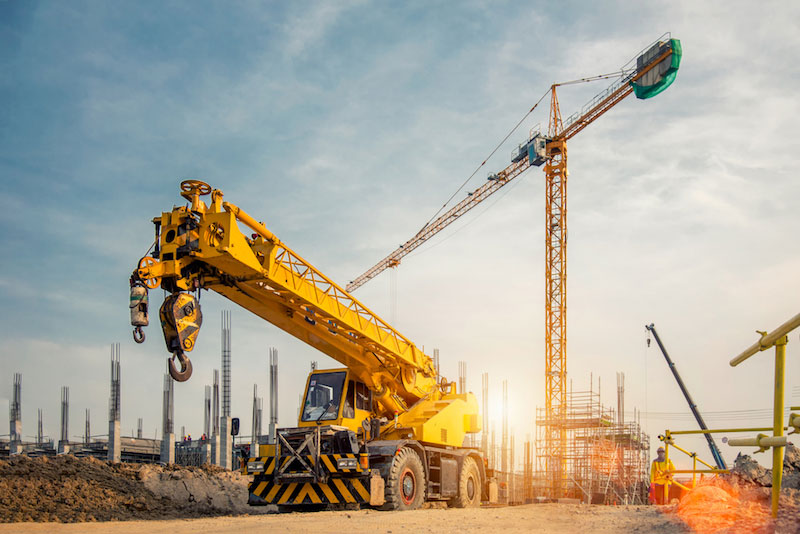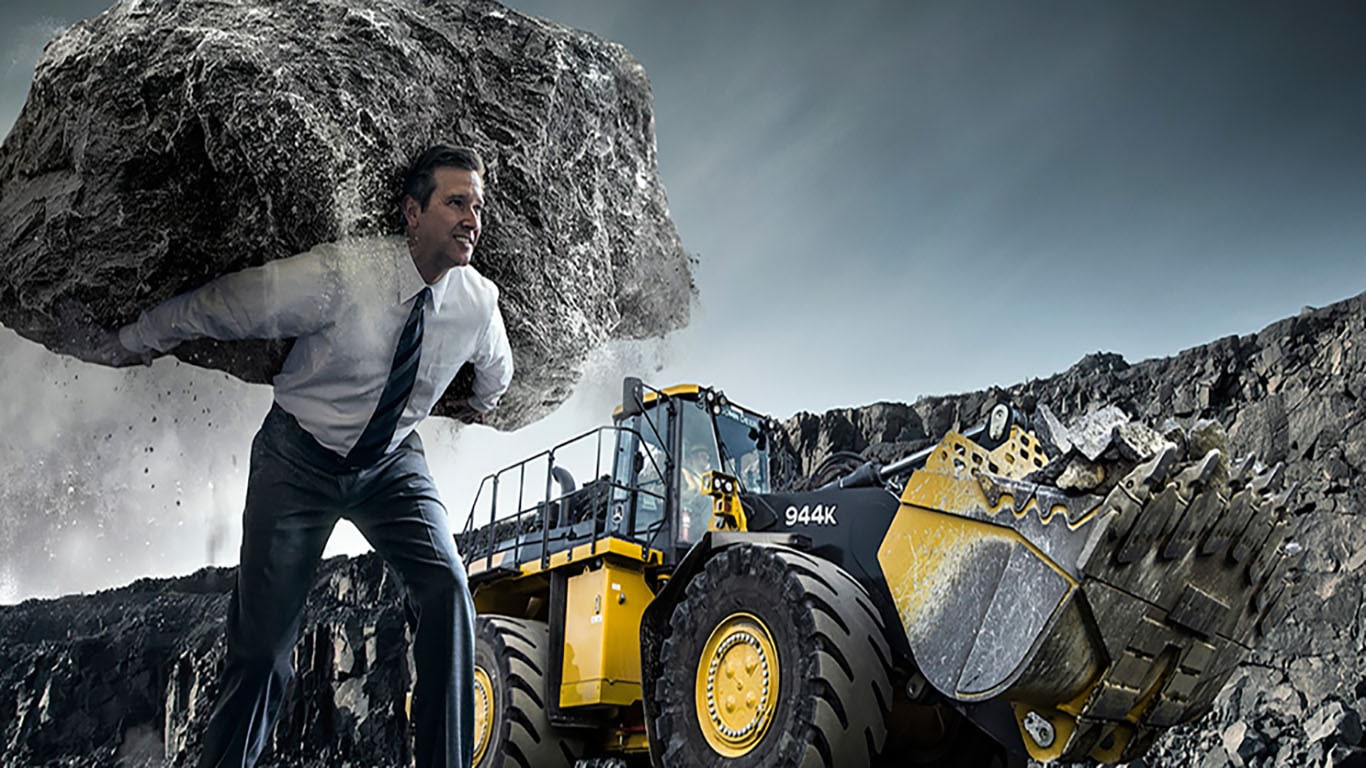Mini Excavator Rental: Compact and Powerful Equipment
Mini Excavator Rental: Compact and Powerful Equipment
Blog Article
Leasing Vs. Purchasing Construction Tools: Making the Right Selection for Your Task
When starting a construction task, one of the important choices that project supervisors and stakeholders deal with is whether to acquire or rent out building and construction tools. Both options have their benefits and downsides, making the choice a pivotal one in the project preparation procedure. The choice rests on various aspects such as price factors to consider, project period, devices upkeep, versatility, risk, and scalability administration. Each component plays a crucial duty in identifying one of the most ideal path for the task's tools demands. aerial lift rental. Let's check out these aspects even more to understand just how they influence the decision-making procedure and eventually the success of the project.
Expense Considerations
When reviewing the monetary aspect of acquiring versus renting out construction equipment, the in advance expenses and lasting expenses should be meticulously thought about. Leasing equipment typically calls for reduced preliminary settlements compared to acquiring, making it an eye-catching alternative for short-term jobs or service providers with spending plan restrictions. Leasing eliminates the need for huge funding outlays and lowers the economic danger connected with devices possession, such as upkeep and devaluation costs. Nonetheless, in the lengthy run, continuously renting out tools can accumulate greater prices than buying, specifically for prolonged tasks.
On the various other hand, acquiring building equipment entails higher ahead of time expenses however can result in lasting savings, specifically for long-term projects or constant users. Possessing tools gives versatility, convenience, and the possibility for resale value once the job is completed. Furthermore, possessing devices enables modification and knowledge with specific equipment, potentially enhancing effectiveness and efficiency on-site. Ultimately, the choice between purchasing and renting construction devices hinges on the project's duration, regularity of usage, budget plan considerations, and long-lasting monetary goals.
Task Period

Conversely, for lasting projects or ongoing building job, purchasing devices might be the more economical option. Purchasing equipment can result in cost savings in the future, especially if the equipment will certainly be frequently utilized. In addition, having equipment gives a feeling of control over its availability and enables customization to fit certain task needs.

Equipment Maintenance
Provided the vital role project duration plays in determining one of the most cost-efficient technique between renting out and purchasing building devices, the focus currently moves in the direction of analyzing the necessary aspect of devices upkeep. Proper upkeep is vital for ensuring the ideal performance and long life of building equipment. Renting equipment often includes the benefit of having actually well-kept equipment provided by the rental business. This can ease the burden of upkeep tasks from the project owner or professional, saving effort and time. On the other hand, possessing devices calls for an aggressive method to upkeep to stop failures, make sure security, and expand the tools's life expectancy. Routine evaluations, maintenance, and timely fixings are necessary to keep owned and operated devices in leading working problem. Element in upkeep costs when deciding between renting out and buying, as disregarding upkeep can lead to costly repairs, downtime, and project delays. Ultimately, a well-maintained building and construction devices fleet, whether rented out or owned, is essential for the effective and effective conclusion of building projects.
Versatility and Scalability
In the world of building devices monitoring, the aspect of versatility and scalability holds considerable importance for task effectiveness and dozer rental resource use. Choosing to rent building tools provides a high level of adaptability as it allows for the fast change of devices types and amounts based on the advancing needs of a task.
Renting out building tools provides the advantage of easily scaling procedures up or down as task demands rise and fall. Contractors can rapidly include or exchange equipment to match the task's transforming needs without the constraints of having possessions that might become underutilized or obsolete.
Risk Management
Reliable danger administration in building equipment operations is vital to guaranteeing project success and mitigating possible monetary losses. Construction tasks naturally include various dangers, such as equipment breakdowns, accidents, and task delays, which can considerably affect the project timeline and budget plan. By carefully taking into consideration the dangers connected with owning or leasing building and construction devices, task managers can make informed choices to lessen these potential risks.
Leasing construction devices can offer a degree of risk mitigation by moving the duty of repair and maintenance to the rental business. This can reduce the economic burden on the task owner in case of unanticipated equipment failures (dozer rental). Furthermore, renting provides the versatility to gain access to customized tools for particular job stages, reducing the risk of having underutilized machinery
On the other hand, possessing building equipment provides a feeling of control over its use and upkeep. However, this likewise means bearing the full responsibility for repair services, upkeep prices, and devaluation, increasing the monetary dangers related to equipment ownership. Mindful danger analysis and consideration of elements such as job duration, devices application, and maintenance demands are essential in figuring out the most appropriate alternative for effective danger administration in building projects.
Verdict
In verdict, when determining between renting out and getting building equipment, it is necessary to take into consideration price, job duration, equipment upkeep, scalability, versatility, and danger administration. Each element plays an important duty in determining one of the most appropriate alternative for the job available. By meticulously assessing these facets, project supervisors can make an educated decision that lines up with their spending plan, timeline, and total task goals.

Report this page